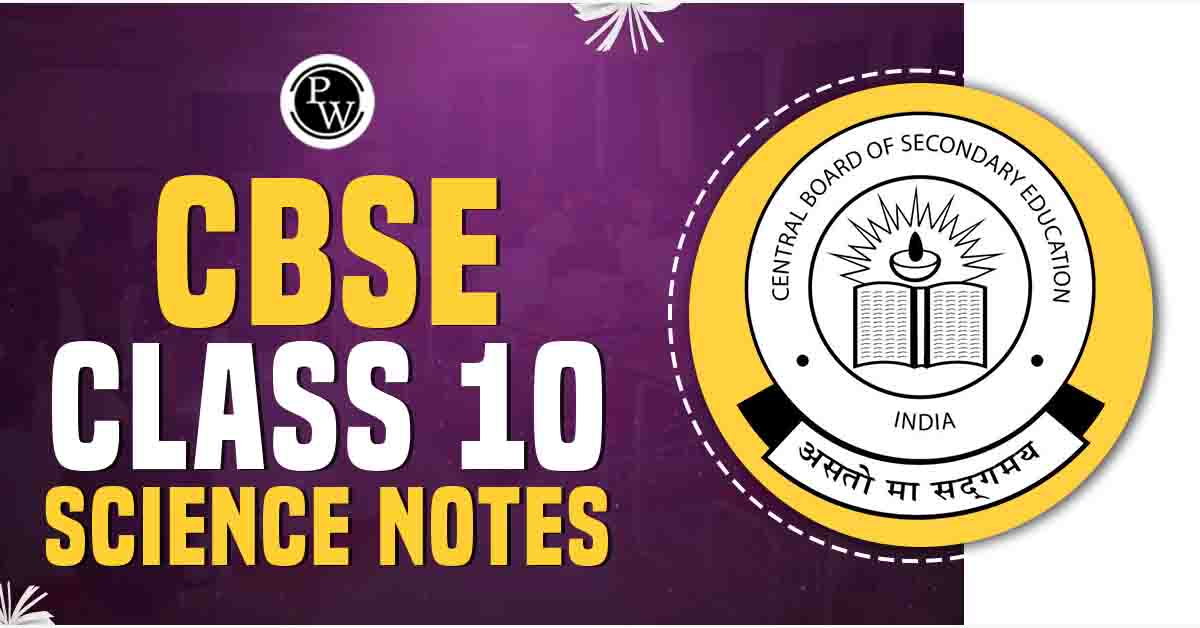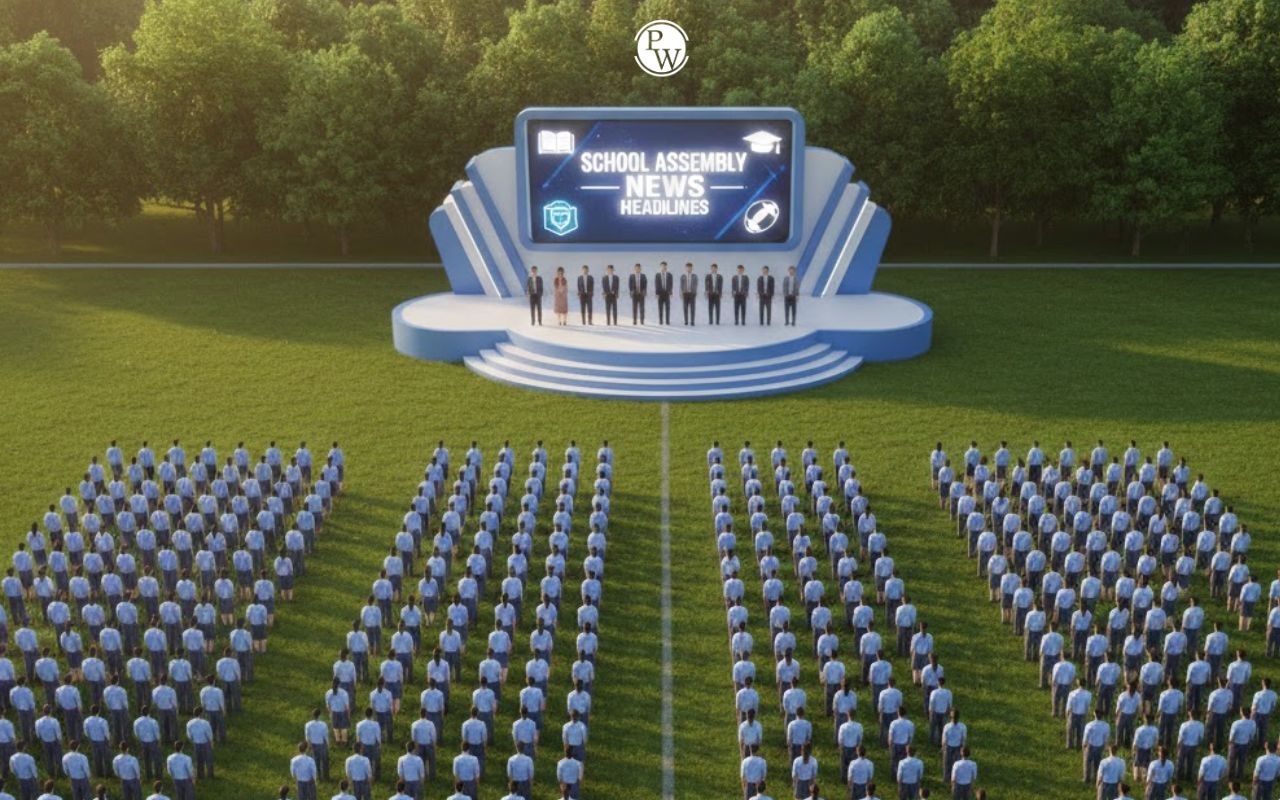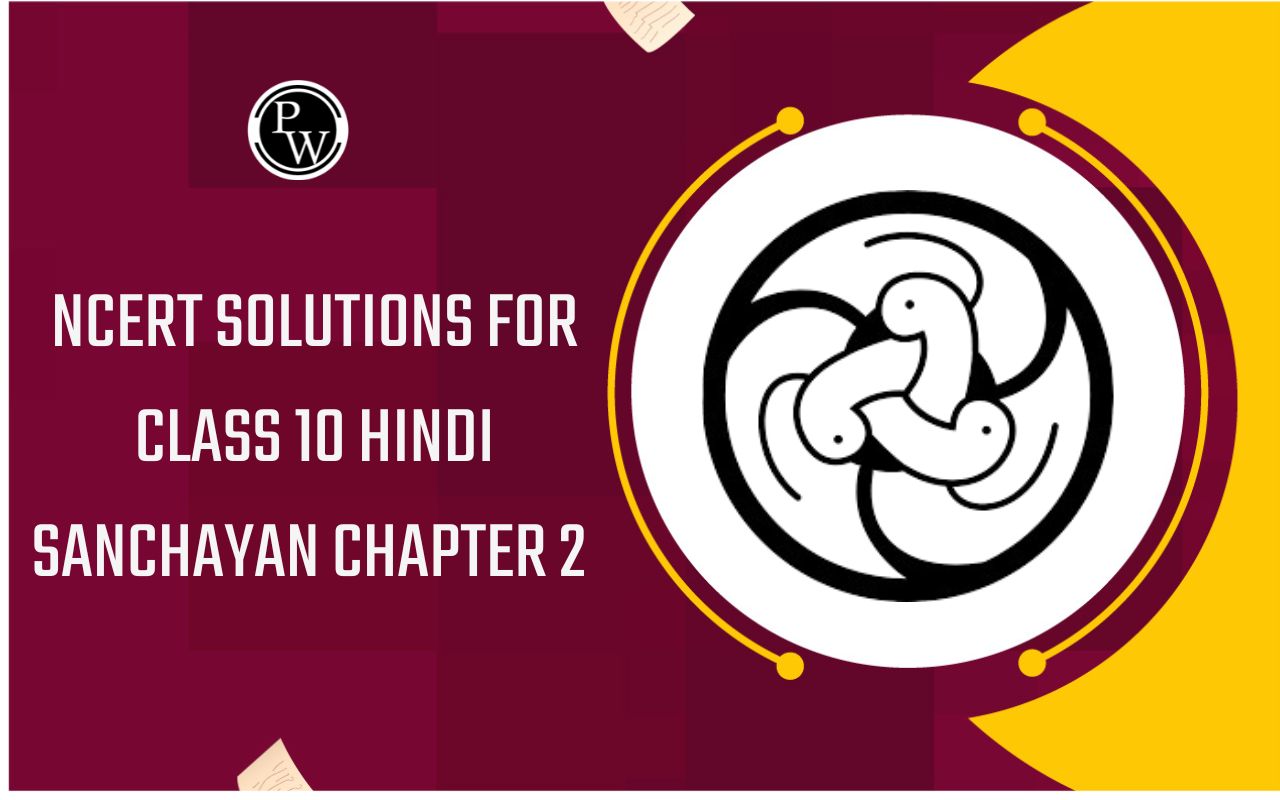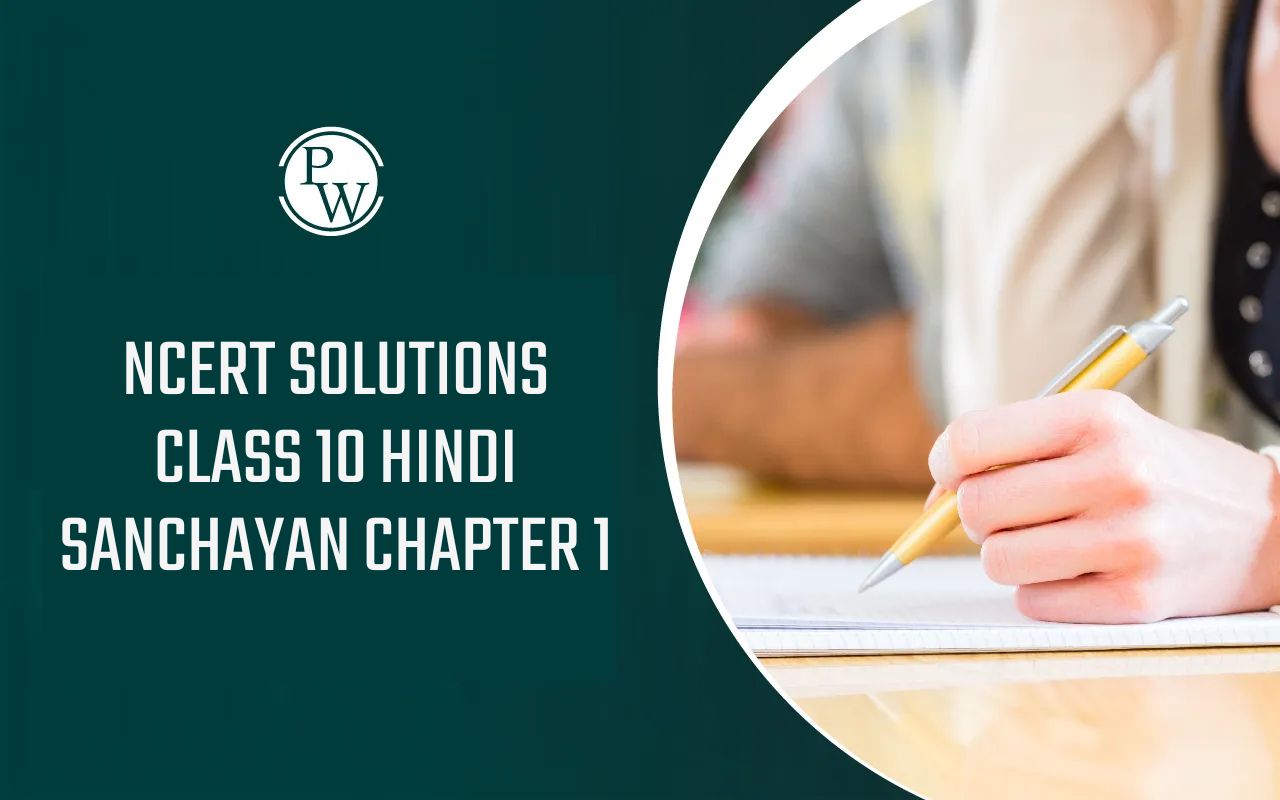
Mensuration Formula: Mensuration, a mathematical discipline, delves into the measurement aspects of both 2D and 3D shapes. It encompasses dimensions such as length, volume, surface area, and shape. In essence, mensuration involves quantification through the utilization of algebraic equations and mathematical formulas. To gain a deeper comprehension of this concept, we will delve into its principles, explore relevant formulas, and work through illustrative examples.
What is Mensuration?
Mensuration can be defined as the process of quantification through measurement. In our three-dimensional world, the concept of measurement holds a significant place in both primary and secondary school mathematics, as well as in our daily lives. The skill of measuring extends to both 3D and 2D shapes. Objects or quantities are subject to measurement using either conventional or unconventional units. For instance, a non-standard unit for measuring length could be the span of a hand. An engaging activity involves having children measure object lengths using their handspans, allowing them to discern the inherent variability in non-standard measurements. This underscores the necessity of standard units of measurement. Parameters such as length, weight, and capacity are now quantified using units like kilometer, meter, kilogram, gram, liter, milliliter, and others, marking a departure from less precise measurement methods.
Also Check - Polynomials Formula3D Shapes Definition
A three-dimensional figure, commonly referred to as a 3D shape, is characterized by its faces, edges, and vertices. These shapes possess a surface area calculated by summing the areas of their constituent faces, while their volume corresponds to the extent of space they occupy. Illustrative instances of 3D shapes encompass the cube, cuboid, cone, and cylinder. Real-world manifestations of these shapes include objects such as a book, a birthday hat, and a soda can.
Also Check - Introduction to Euclid Formula2D Shapes Definition
Within the realm of geometry, 2D shapes are delineated as planar entities devoid of thickness, possessing solely two dimensions: length and width. These shapes lie completely flat and lack the characteristic of depth. Measurement of 2D shapes is limited to these two dimensions alone .
Download PDF Mensuration Formula
Also Check - Sequence and Series FormulaImportant Mensuration Terms
| Terms | Definition |
|---|---|
| Area | Area represents the extent of space encompassed by a two-dimensional shape. This measure is denoted in terms of square units. |
| Perimeter | Perimeter denotes the aggregate distance along the outline of a shape or the length of its enclosed boundary. This measurement is typically expressed in linear units. |
| Volume | Volume signifies the quantity of space taken up by a three-dimensional figure. This measurement is articulated in terms of cubic meters. |
| Surface Area | Surface Area embodies the entirety of space covered by the exterior surfaces of a three-dimensional object. This measurement is categorized into two distinct types: Curved or Lateral Surface Area, and Total Surface Area. |
Mensuration Formulas
Mensuration encompasses a range of formulas applicable to both three-dimensional (3D) and two-dimensional (2D) shapes. While surface area and volume calculations are among the most frequently used formulas, it's crucial to familiarize ourselves with the complete set of formulas for these shapes.
3D Shape Formulas
| 3D Shape | Formulas |
|---|---|
| Sphere | Diameter = 2 × r; (where 'r' is the radius) Surface Area = 4πr 2 Volume = (4/3)πr 3 |
| Cylinder | Total Surface Area = 2πr(h+r); (where 'r' is the radius and 'h' is the height of the cylinder) Volume = πr 2 h |
| Cone | Curved Surface Area = πrl; (where 'l' is the slant height and l = √(h 2 + r 2 )) Total Surface Area = πr(l + r) Volume = (1/3) πr 2 h |
| Cube | Lateral Surface Area = 4a 2 ; (where 'a' is the side length of the cube) Total Surface Area = 6a 2 Volume = a 3 |
| Cuboid | Lateral Surface Area = 2h(l + w); (where 'h' is the height, 'l' is the length and 'w' is the width) Total Surface Area = 2 (lw + wh + lh) Volume = (l × w × h) |
| Prism | Surface Area = [(2 × Base Area) + (Perimeter × Height)] Volume = (Base Area × Height) |
| Pyramid | Surface Area = Base Area + (1/2 × Perimeter × Slant Height) Volume = [(1/3) × Base Area × Altitude] |
2D Shape Formulas
| 2D Shape | Area Formula | Perimeter Formula |
|---|---|---|
| Circle | A = π × r 2 , where 'r' is the radius of the circle and 'π' is a constant whose value is taken as 22/7 or 3.14 | Circumference (Perimeter) = 2πr |
| Triangle | Area = ½ (Base × height) | Perimeter = Sum of the three sides |
| Square | Area = Side 2 | Perimeter = 4 × side |
| Rectangle | Area = Length × Width | Perimeter = 2 (Length + Width) |
Uses of Mensuration
Mensuration holds significant relevance due to its practical utility across various real-world contexts. The following examples highlight its applicability:
- Quantifying agricultural land extents and determining floor areas for real estate transactions.
- Gauging volumes for packaging liquids, solids, and consumable goods like milk.
- Calculating surface areas for estimating paint requirements in construction.
- Utilizing volumes and heights to monitor water levels in rivers and lakes.
- Strategically optimizing packaging solutions, such as tetra packs, for cost-efficient milk storage.
In these scenarios, mensuration emerges as a crucial tool for accurate measurement and efficient decision-making.
Important Notes
Mensuration and measurement often go hand in hand, particularly when non-standard units are employed to measure objects. The comprehension of object measurement is aided by the use of solid shapes and nets. Solid shapes facilitate the understanding of fundamental aspects like faces, edges, and vertices. Conversely, nets assist in visualizing the intricate structure of three-dimensional shapes.
Mensuration Formula FAQs
What are the formulas for the geometric properties of a cuboid?
What are the Applications of Geometry Formulas?
What is the formula of the circle?
What are the Geometry Formulas of a Rectangle?










